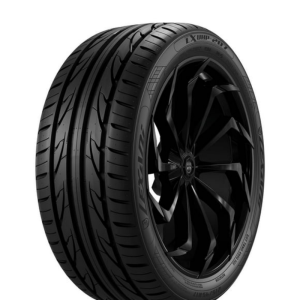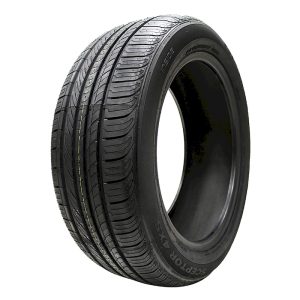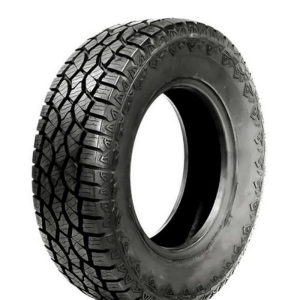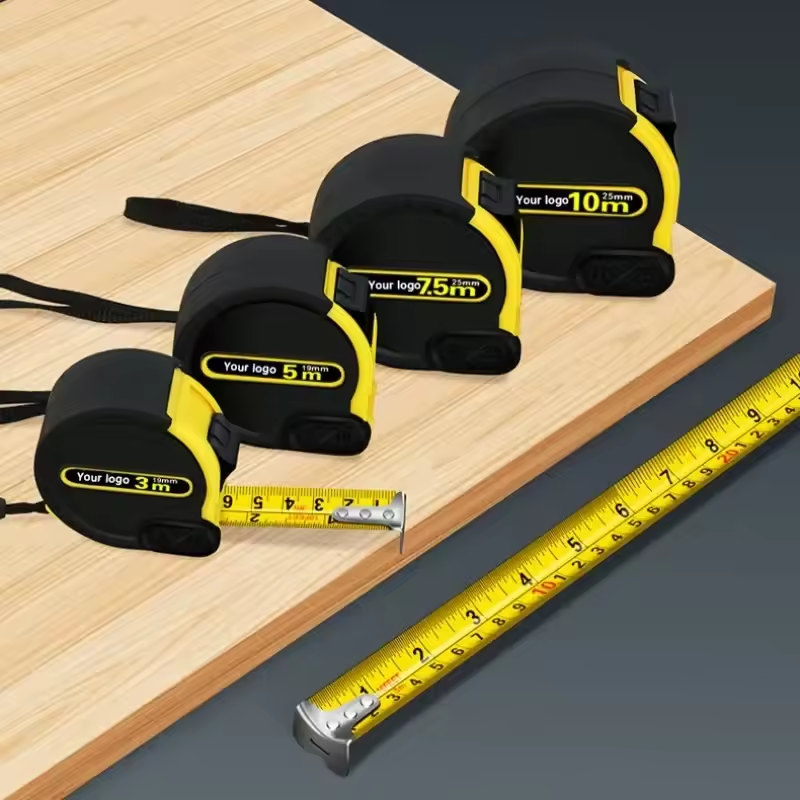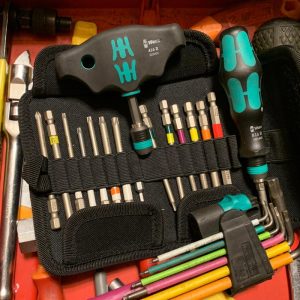
Introduction to Tire Lifespan
Tires are one of the most essential components of a vehicle, acting as the sole contact between the vehicle and the road. The lifespan of tires can significantly impact not only performance but also safety and fuel efficiency. Therefore, understanding what factors affect tire lifespan is crucial for every vehicle owner. Several elements contribute to how long your tires can last, ranging from the quality of the tire itself to how well you maintain and use them. High-quality tires, if maintained properly, can often last upwards of 50,000 miles or more. However, negligence can result in reduced lifespan, costing you more in replacements and potentially jeopardizing safety.
What many drivers may not realize is that simple choices, such as how you drive and where you drive, can have profound impacts on tire longevity. Temperature, road conditions, tire care, age of the tire, and alignment further add complexity to the issue. In this comprehensive guide, we will deep dive into the numerous factors impacting tire lifespan and provide practical advice to help you maximize the life of your tires.

The Importance of Tire Quality
Understanding what factors affect tire lifespan starts with recognizing that not all tires are created equal. The quality of the tire plays a foundational role in determining its longevity. Here are aspects to consider:
- Tire Composition: Quality tires are often constructed with superior materials, including rubber compounds and reinforcements that enhance durability. Tires made with high-grade silica or reinforced sidewalls typically last longer than those made with lower-tier materials.
- Performance Ratings: Tires are designed with specific performance ratings for various conditions, such as all-season, winter, or performance tires. Selecting appropriate tires for your vehicle based on where and how you drive is crucial. For example, high-performance tires may wear out quicker under regular driving conditions.
- Brand Reputation: Some brands invest heavily in research and development to produce quality tires. Reviews, recommendations, and sales data can help drivers identify brands with a reputation for long-lasting products.
Investing in quality tires may come at a higher initial cost, but it often pays off in durability and performance. Therefore, consider your options wisely when selecting tires for your vehicle.
Driving Habits and Tire Lifespan
Your driving habits directly influence what factors affect tire lifespan. Engaging in certain driving behaviors can contribute to faster wear and degrade tire health over time. Below are some critical driving habits to focus on:
- Aggressive Acceleration and Braking: Rapid acceleration and harsh braking can put excessive stress on tires, leading to uneven wear. Gradually accelerating and decelerating can help extend tire life.
- Sharp Turns and Cornering: Taking corners sharply can lead to uneven wear on the tire edges. Smooth cornering helps maintain consistent tire contact, reducing the likelihood of premature wear.
- Speeding: Driving at high speeds generates increased heat and stress on tires, potentially leading to failure. Following recommended speed limits not only ensures safety but can also prolong tire life.
By adopting gentle driving techniques, you can significantly reduce wear and tear, ultimately enhancing the lifespan of your tires.
Tire Maintenance
Regular maintenance is one of the most effective ways to extend the lifespan of your tires. Understanding the various maintenance practices can prevent unnecessary damage and keep your tires in optimal condition. Here are some key aspects of tire maintenance:
- Tire Pressure: Keeping tires inflated to the manufacturer’s recommended PSI (pounds per square inch) is vital. Over-inflation or under-inflation can lead to uneven wear and decreased fuel efficiency. Use a tire pressure gauge to check tire pressure consistently.
- Rotation and Alignment: Tires should be rotated every 5,000 to 8,000 miles to promote even wear among all tires. Similarly, proper alignment ensures that all tires contact the road correctly, reducing the chances of uneven wear.
- Balancing: Wheel balancing adjusts the weight distribution around the tire and wheel assembly. If tires are unbalanced, this can lead to vibrations and uneven wear. Having tires balanced at the same time as rotation can improve lifespan.
- Inspection for Damage: Regularly inspect tires for cuts, punctures, cracks, or bulges. Addressing minor issues promptly can prevent them from escalating into more significant problems.
Investing time in tire maintenance can yield substantial benefits, increasing tire lifespan while enhancing overall vehicle performance.
Environmental Factors
The environment where you drive also significantly affects tire lifespan. Different environmental conditions can create unique challenges for tire health. Here are some environmental factors to consider:
- Climate and Temperature: Extreme temperatures, whether hot or cold, can expedite tire wear. For instance, hot weather can cause tires to overheat, while cold temperatures can lead to tire contraction. Choosing tires designed for specific climates can make a difference in longevity.
- Road Conditions: Paved roads, gravel paths, and off-road terrains put varying levels of stress on tires. Driving on poorly maintained roads with potholes or debris increases the likelihood of damage. Taking a proactive approach to avoid potholes and sharp objects can prevent unnecessary tire wear.
- Exposure to Sunlight: Ultraviolet (UV) rays from the sun can degrade tire rubber over time, leading to cracks and eventual failure. Parking in shaded areas or utilizing tire covers can help mitigate this effect.
Carefully assessing and adapting to environmental conditions is essential for maximizing tire lifespan.

Tire Age and Its Impact
Tires have a natural lifespan, regardless of tread wear. Even if tires appear to have adequate tread left, age can affect performance and safety. Important aspects to consider include:
- Manufacturing Date: Always check the manufacturing date on the tire sidewall. Tires typically have a shelf life of six to ten years, depending on the manufacturer and tire type. Using tires beyond their shelf life can increase the risk of blowouts or failure.
- Tread Depth: While regular inspections and maintenance can prolong tire life, being aware of tread depth is essential. Tires should be replaced once the tread is worn down to 2/32 of an inch for safety.
- Cracking and Dry Rot: Aging tires may develop cracks or dry rot, indicating they may need replacement. Maintaining proper air pressure and conditions, such as avoiding exposure to UV rays, can help slow the aging process.
Regular evaluations of tire age and conditions can help ensure safety and performance while extending the lifespan of your tires.
Understanding Tire Warranty Policies
Most tire manufacturers provide warranties that detail what factors affect tire lifespan and how they cover wear and tear. It’s vital for users to understand these warranties, as they can protect investment in quality tires. Here are aspects to consider when examining tire warranties:
- Tread Life Guarantees: Many tire brands offer warranties that guarantee a certain mileage before expected tread wear occurs. Familiarize yourself with these ratings to ensure expectations align with reality.
- Road Hazard Protection: Certain policies cover damage from road hazards such as punctures or cuts. Understanding the specifics of this coverage can help you make informed decisions and navigate unexpected issues.
- Conditions for Replacement: Ensure to read the fine print regarding warranty conditions for replacements. Many warranties require specific maintenance protocols to be upheld, such as regular rotations and proper inflation.
By understanding your tire warranty, you can better manage expectations and protect yourself against unexpected expenses.
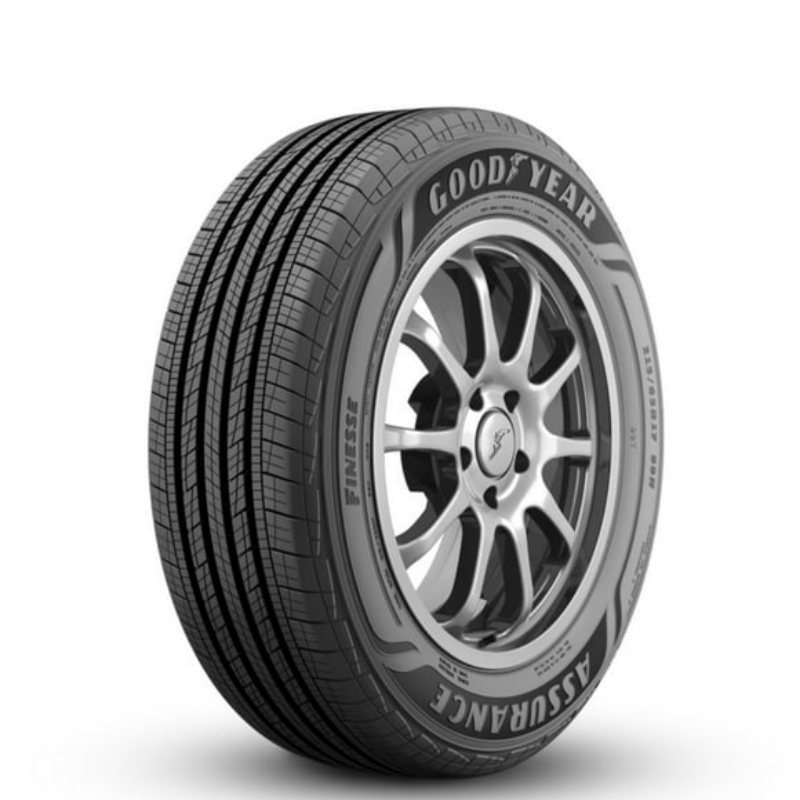
Conclusion
In conclusion, understanding what factors affect tire lifespan is crucial for every driver seeking safety, longevity, and performance. Numerous elements come into play, including tire quality, driving habits, maintenance practices, environmental considerations, tire age, and warranty policies. By taking proactive measures, such as selecting quality tires, maintaining proper tire pressure, and adopting gentle driving habits, you can significantly enhance the lifespan of your tires.
Furthermore, appropriating awareness of tire behavior concerning age and road conditions can grant you insights into when to replace tires. These steps not only optimize tire longevity but also contribute to safer driving experiences. Ultimately, investment in tire care pays dividends, resulting in savings and improved road performance for years to come.
